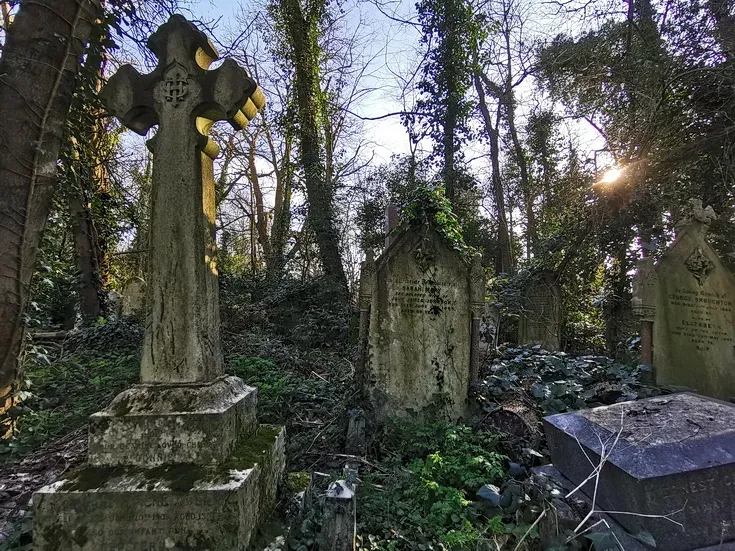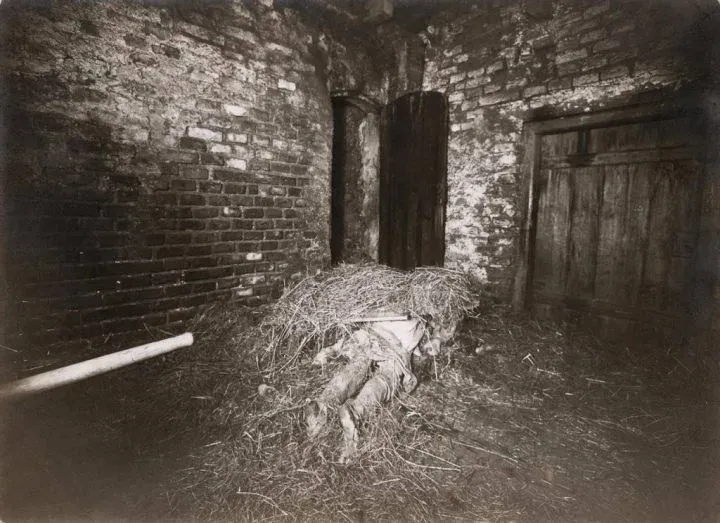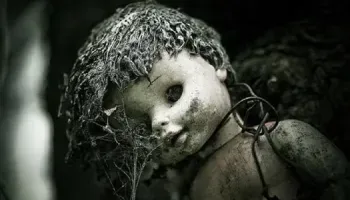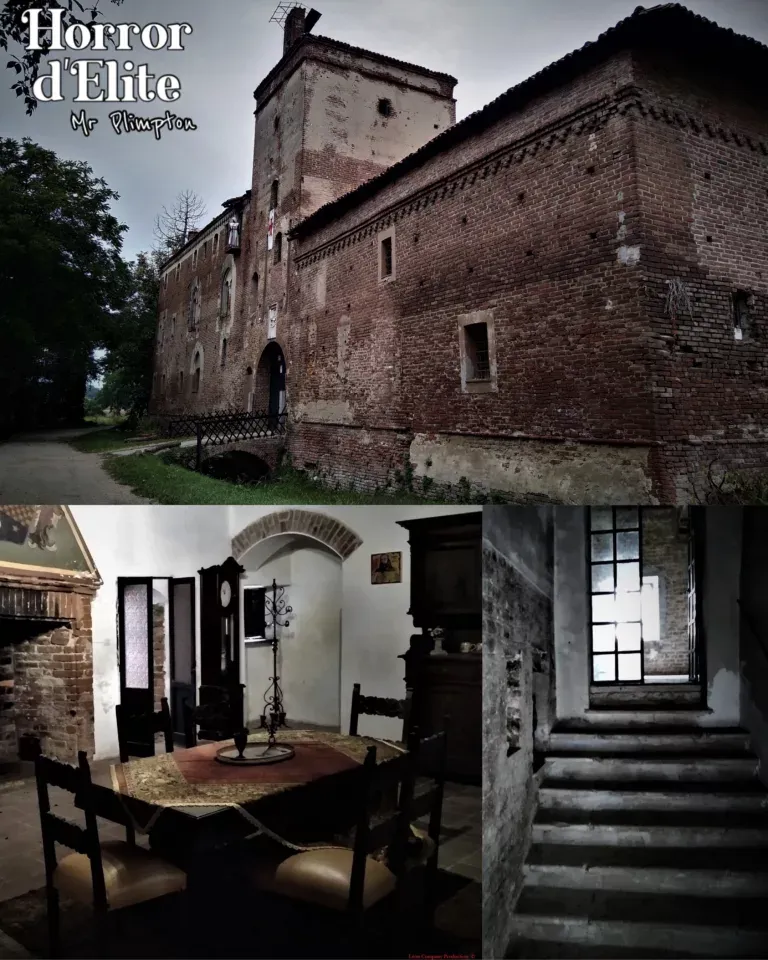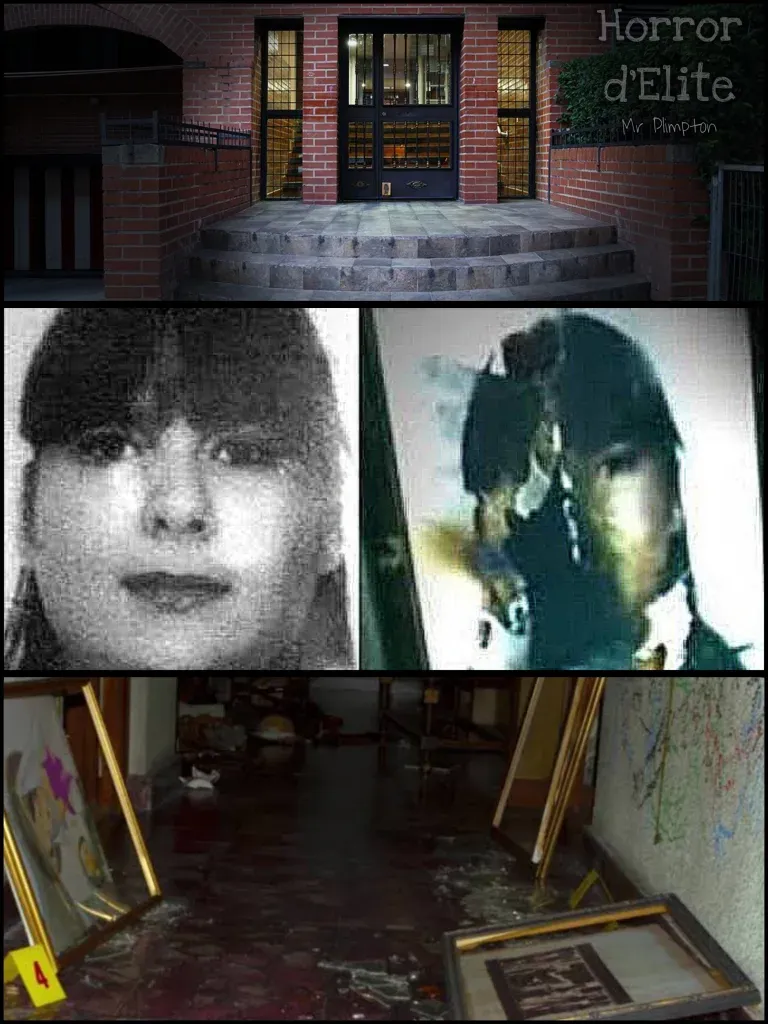Nunhead Cemetery
Nunhead Cemetery: A Journey Through Time Between Mystery and History
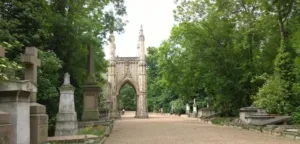 Nunhead Cemetery, located in southeast London, is one of the most fascinating and lesser-known among the “Magnificent 7” Victorian cemeteries of the British capital. Founded in 1840 and designed by architect Joseph Kay, Nunhead is characterized by its Gothic beauty and an atmosphere that evokes a sense of mystery and history. This article delves into the history, architecture, sculptures, and notable burials of Nunhead Cemetery, providing an in-depth look at this intriguing historic site.
Nunhead Cemetery, located in southeast London, is one of the most fascinating and lesser-known among the “Magnificent 7” Victorian cemeteries of the British capital. Founded in 1840 and designed by architect Joseph Kay, Nunhead is characterized by its Gothic beauty and an atmosphere that evokes a sense of mystery and history. This article delves into the history, architecture, sculptures, and notable burials of Nunhead Cemetery, providing an in-depth look at this intriguing historic site.
History and Foundation of Nunhead Cemetery
Nunhead Cemetery was inaugurated in 1840 as part of a series of suburban cemeteries designed to address the growing population and shortage of burial spaces in London. The cemetery was founded by the “Nunhead Cemetery Company” and designed by Joseph Kay, who drew inspiration from Romantic and Gothic trends to create a space that was both functional and aesthetically striking.
The establishment of Nunhead occurred during a period of significant change for British cemeteries, shifting from traditional churchyard and urban burial practices to more expansive and scenic spaces. Nunhead was designed to offer monumental architecture and landscaped grounds, reflecting the growing interest in gardening and landscape architecture.
Architecture and Sculptures
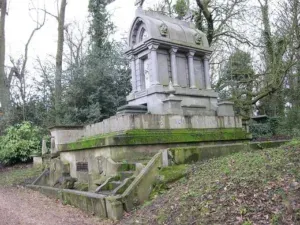 Nunhead Cemetery is known for its architecture and sculptures, which represent a blend of neo-Gothic and neo-classical styles. The tombs and mausoleums within the cemetery are rich in ornamental and symbolic details, providing a snapshot of the artistic and cultural trends of the 19th century.
Nunhead Cemetery is known for its architecture and sculptures, which represent a blend of neo-Gothic and neo-classical styles. The tombs and mausoleums within the cemetery are rich in ornamental and symbolic details, providing a snapshot of the artistic and cultural trends of the 19th century.
Mausoleums and Monuments
The cemetery features numerous mausoleums and monuments, many of which were designed by prominent architects and sculptors of the time. The mausoleums are characterized by a variety of architectural styles, with Gothic, neo-classical, and Renaissance influences. Notable mausoleums include those of the Vulliamy family, a dynasty of clockmakers and architects, and Captain William Waugh, an important merchant and philanthropist.
Sculptures
The sculptures at Nunhead Cemetery are particularly significant. Many of the monuments are adorned with religious figures, angels, and other commemorative symbols. The sculptures range from realistic to stylized, often incorporating elements such as crosses, columns, and bas-reliefs that reflect the beliefs and values of the deceased.
Famous Figures and Notable Burials
Nunhead Cemetery is the final resting place of many prominent and historically significant individuals. Some of the notable interments include:
- John William Cole (1825-1880): A well-known entrepreneur and benefactor, founder of “Cole’s Patent Safety Fire Escape” and a major supporter of charitable causes. His tomb is one of the most impressive monuments in the cemetery, reflecting his significance and contribution to society.
- Henry Bessemer (1813-1898): A British engineer and inventor known for the steel production process that bears his name. Bessemer was a key figure in the Industrial Revolution, and his work had a lasting impact on the metallurgical industry.
- John Catnach (1792-1841): A successful publisher and printer, known for his contribution to the printing and publication of popular ballads and broadsheets. His tomb reflects his influence in the printing world and popular culture.
The Cultural and Historical Role of Nunhead Cemetery
Nunhead Cemetery, like many of London’s Victorian cemeteries, has played a significant role in the city’s funerary and cultural history. The cemetery has been a burial place for many of the most influential figures of the 19th century and has contributed to shaping the collective memory and culture of the time.
The architecture and sculptures within the cemetery provide important testimony to the artistic and cultural trends of the era, and the cemetery continues to be of great interest to historians, architects, and enthusiasts of funerary history.
Visits and Activities
 Nunhead Cemetery is open to the public and offers guided tours for those who wish to explore its history and discover the graves of notable figures. The guided tours provide an opportunity to learn more about the cemetery’s history, its sculptures, and the personalities buried within it. The cemetery is also a place of peace and reflection, ideal for a quiet stroll among the monuments and graves.
Nunhead Cemetery is open to the public and offers guided tours for those who wish to explore its history and discover the graves of notable figures. The guided tours provide an opportunity to learn more about the cemetery’s history, its sculptures, and the personalities buried within it. The cemetery is also a place of peace and reflection, ideal for a quiet stroll among the monuments and graves.
The cemetery also hosts special events and educational activities, providing additional opportunities to discover its history and cultural heritage. These events may include themed tours, lectures, and exhibitions, enriching the visitor experience and promoting an understanding of the cemetery’s historical and artistic value.
The Future of Nunhead Cemetery
In recent years, Nunhead Cemetery has seen renewed interest in its conservation and enhancement. Local authorities and volunteer organizations have worked to preserve and restore the cemetery, addressing challenges related to decay and maintenance. The cemetery continues to be an important cultural and historical resource, and efforts to maintain its integrity and heritage are crucial to ensuring that future generations can appreciate and understand its value.
Conclusion
Nunhead Cemetery represents a precious corner of London’s history, where art, architecture, and memory intertwine to create a place of great significance and cultural relevance. With its Gothic and neo-classical architecture, refined sculptures, and historic graves, the cemetery is a testament to the grandeur and culture of 19th-century London. Its historical and cultural importance makes it an invaluable site, a place where the past continues to live on and inspire those who visit this extraordinary monument to memory and art.
 Subscribe to our YouTube channel
Subscribe to our YouTube channel